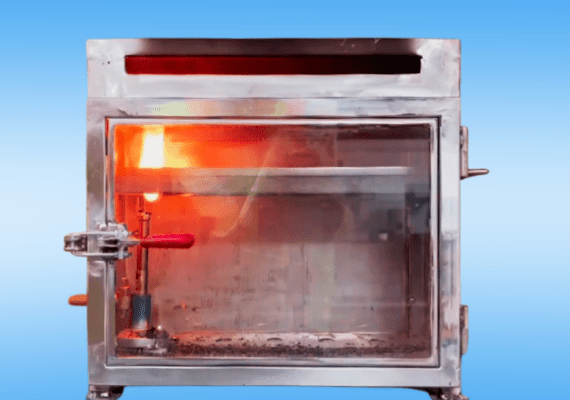
ASTM E84 is a fire test method designed to assess the surface burning characteristics of building materials. Often referred to as the Steiner Tunnel Test, this test measures two key factors:
These indices are crucial for classifying materials based on their fire performance, enabling manufacturers, engineers, and architects to make informed decisions about material selection for construction projects.
The primary goal of ASTM E84 is to ensure that materials used in construction meet the necessary fire safety standards. Many building codes and regulations require materials to undergo flammability testing as part of the approval process for use in certain applications. ASTM E84 is particularly important in assessing:
Materials that perform well in this test can significantly reduce the risk of fire spreading, providing valuable time for building occupants to evacuate and for firefighters to respond. This makes ASTM E84 an essential test for ensuring public safety.
1. Test Setup and Procedure
The ASTM E84 test is conducted in a 25-foot-long horizontal tunnel, with the test material mounted on the ceiling. The material is subjected to a controlled flame at one end of the tunnel, and the test is typically run for 10 minutes.
2. Interpretation of Results
The results of the ASTM E84 test provide a classification for the material, typically falling into one of three categories:
These classifications are crucial in determining where materials can be used within a building, with Class A materials often required for high-risk areas such as corridors and exits.
Incorporating materials that meet ASTM E84 standards is critical for maintaining fire safety in commercial, residential, and industrial buildings. The results from this test influence:
As construction materials evolve, so does the application of ASTM E84 testing. Traditional materials like wood, metal, and gypsum board are still widely tested, but newer materials such as composites, foams, and coatings are increasingly subjected to ASTM E84 to ensure they meet the same fire safety standards.
For instance, insulating materials made from synthetic or eco-friendly compounds often undergo ASTM E84 testing to ensure that they do not pose an increased fire hazard despite their environmental benefits. The ability to certify these materials as safe for use in buildings allows the construction industry to innovate without compromising on safety.
